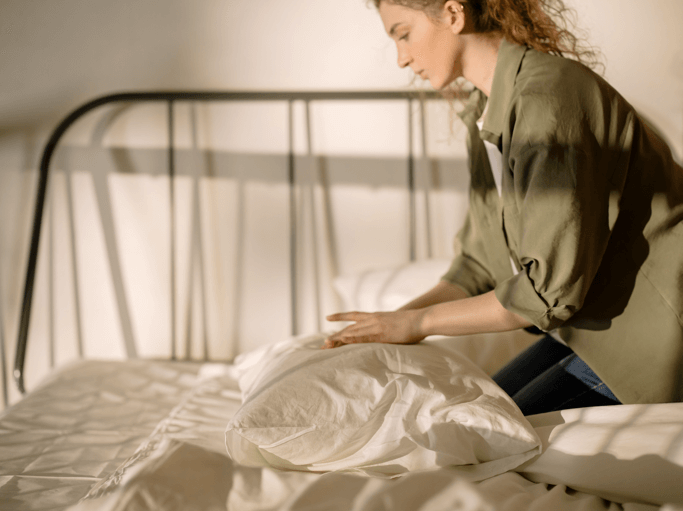
The COVID-19 pandemic has deeply influenced everyone’s cleaning and sanitisation procedures. High-level disinfection has been extensively used to prevent the spread of SARS-CoV-2, but it has most certainly come with potential negative impacts on our environment and contributes to the serious threat posed by antimicrobial resistance (AMR). The researchers leading this latest study (published in November 2021), aimed to identify how effective sanitisation and cleaning activity could be preserved while also using probiotics which in their past studies have been proven time and time again to be an effective eco-friendly and more sustainable. In previous research within healthcare settings – the team had identified probiotic detergents were able to consistently abate pathogen contamination over sustained periods and reduce the risks associated with AMR. Their previous results were very positive: probiotic cleaning agents stably reduced resistant pathogens by 80% probiotics reduced associated hospital infections by 52% and; probiotics for cleaning had a relevant positive impact on antimicrobial resistance (60% decrease) leading to a 75% reduction in healthcare-associated infection costs
The results showed that the probiotic cleaning solutions were able to inactivate 99.99% of all tested viruses within 1–2 hours of contact, both in a suspension and on surfaces.
Notably, while control disinfectants became inactive within 2 hours after application, the probiotic antiviral action persisted up to 24 hours post application. This suggests that its use may effectively allow a continuous prevention of virus spread, without worsening environmental pollution or the likelihood of AMR.